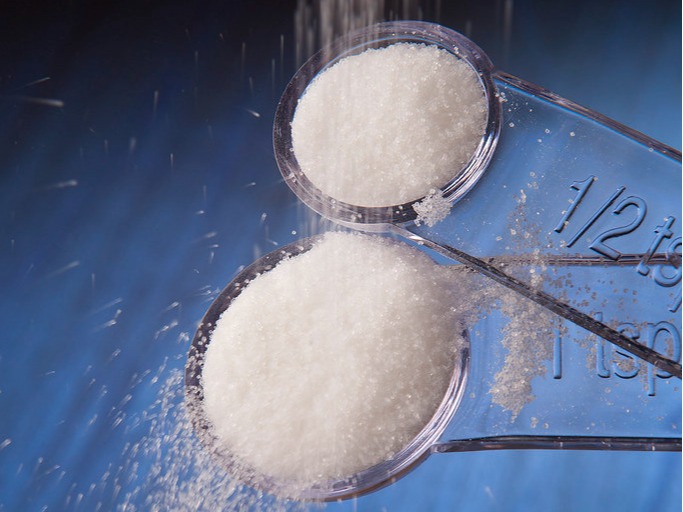Four Everyday Salts and What You Should Know About Them
Four Everyday salts and what you should know about them
Do you often think about salt when you’re cooking? For many, salt is a no-brainer table stable, a simple seasoning that you would nonchalantly add to your dish when you need to make it saltier. Simple, right?
But in truth, salt is much more complicated and fascinating than it seems. Come to think of it, there are hundreds of thousands of salt varieties found all over the world — each with its own history, process, color, texture, and taste. Just think of the millions of ways salt enhances your food! But we’re getting ahead of ourselves.
To master the use of this essential seasoning, let’s start with the basics. Here’s a simple guide to everyday salts and how you can use them to your advantage, whether it’s in the kitchen or at the dinner table.
1. Table Salt



Table salt is the most common salt there is. After processing, it has a white granulated texture to make it purer and more refined, removing any minerals in its structure. This is compared to sea salt, which has bigger crystals and still has its natural minerals. Most kinds of table salt are already fortified with iodine which helps the body generate thyroid hormones for thyroid health. Table salts are also treated with additives to avoid clumping together. While it is the most well-known form of salt in the kitchen, it is also best used in baking since those recipes usually call for small amounts of this seasoning.
2. Salt Flakes
Salt flakes have a crunchy texture to them, and retain natural minerals like potassium, iron, and calcium. Unlike table salt, which is gathered from salt deposits and undergoes processing, salt flakes are harvested from evaporated seawater. Taste can be light or very salty depending on where it is harvested, making it a versatile ingredient that can be used in both savory and sweet creations. For a more prominent mouthfeel use this variety.
3. Fleur de Sel


This particular salt variety is a prized ingredient due to its uniqueness. Authentic fleur de sel or “flower of salt” comes from France, specifically from the Brittany region, though variants of it are recognized in select parts of Europe. Fleur de sel is moist in texture, and is slower to melt when used to garnish plated dishes. Pastry chefs in particular use it for desserts due to its sweet undertones. Use it sparingly as a finishing salt and never for cooking.
4. Himalayan Salt



Real Himalayan Salt is described to be the purest salt of them all since it is sourced way up in the Pakistan side of the Himalayan mountains, void of any pollutants from the sea. It is also claimed to have more natural minerals compared to sea salt though this is yet to be scientifically determined. The main difference though of the Himalayan salt is its distinct rose-pink color attributed to the minerals it contains — particularly iron and magnesium. Delicate in taste and texture, use this to top off meals for a luxurious finish.
Don’t you just find it fascinating how a single ingredient can enhance your dish? Though in the end, no matter what kind you use, it’s best to use salt moderately and accordingly.


